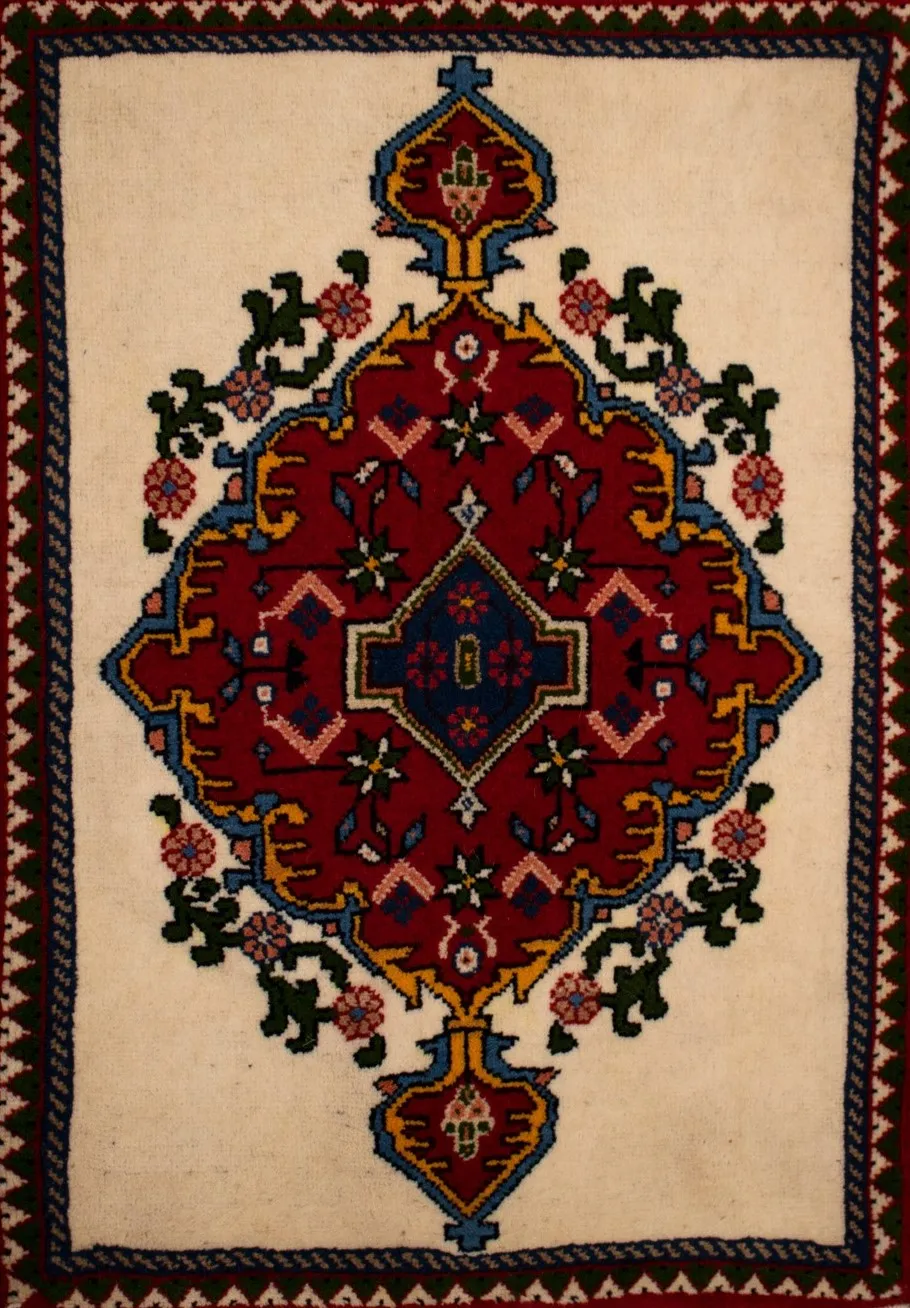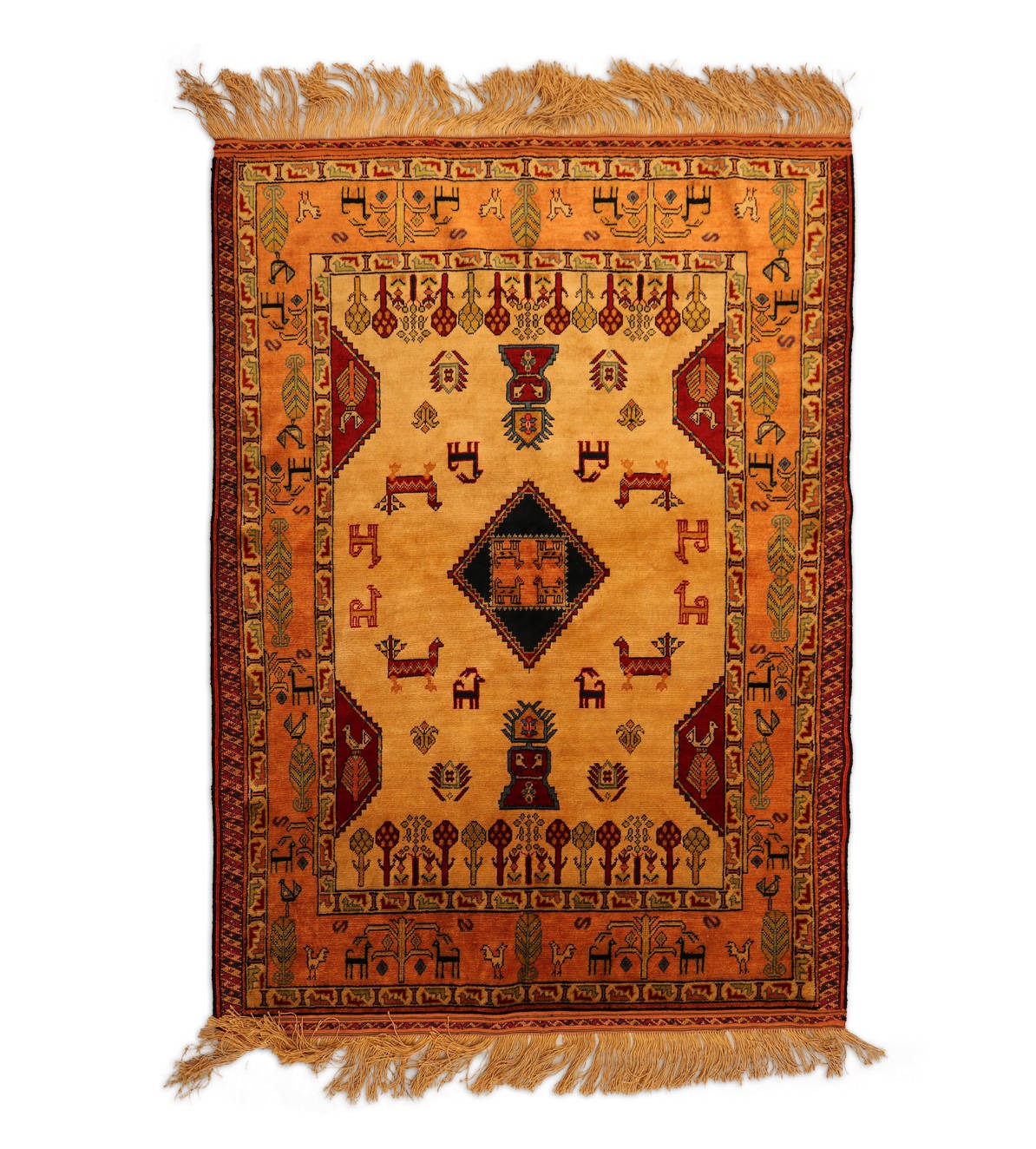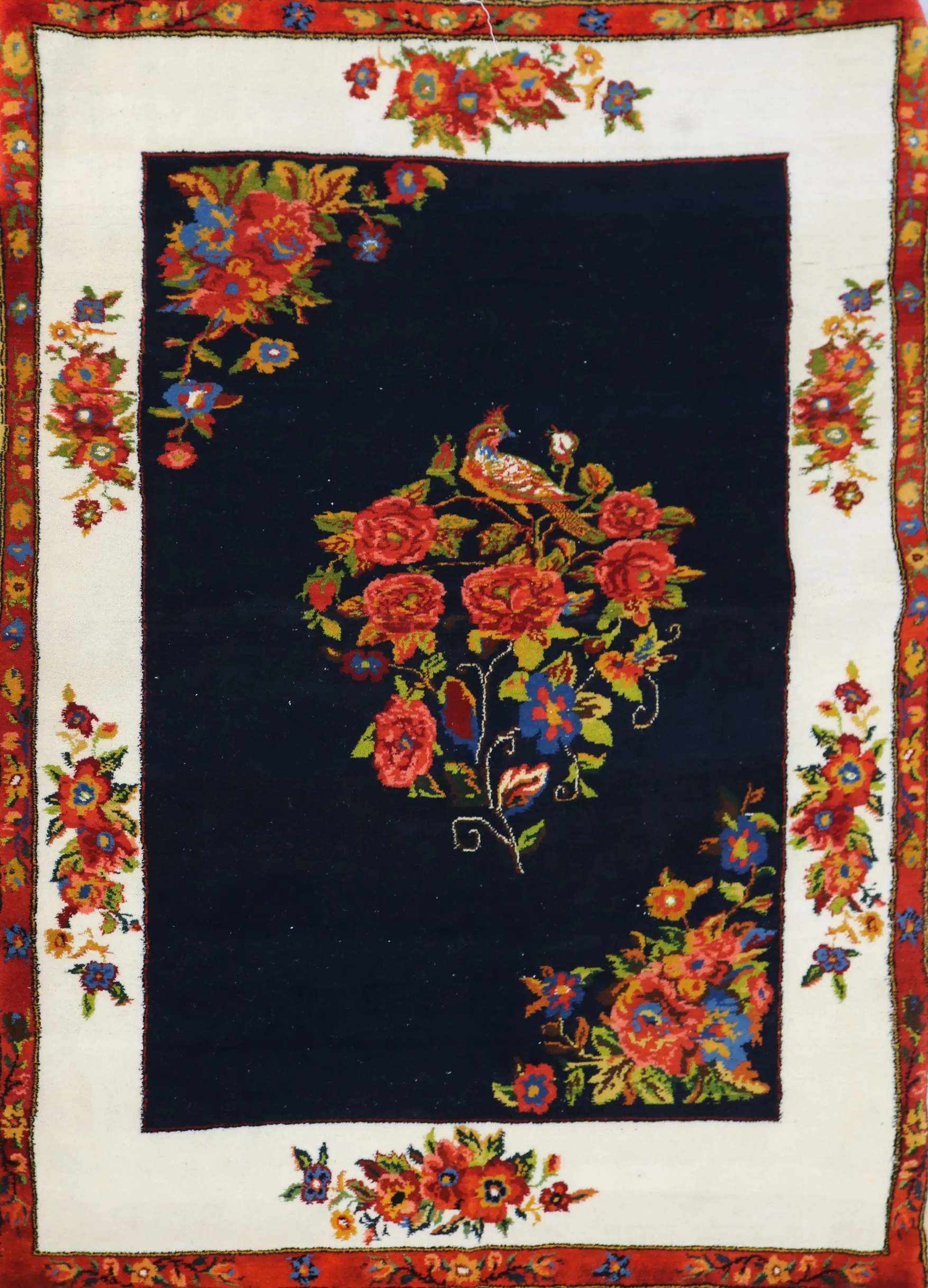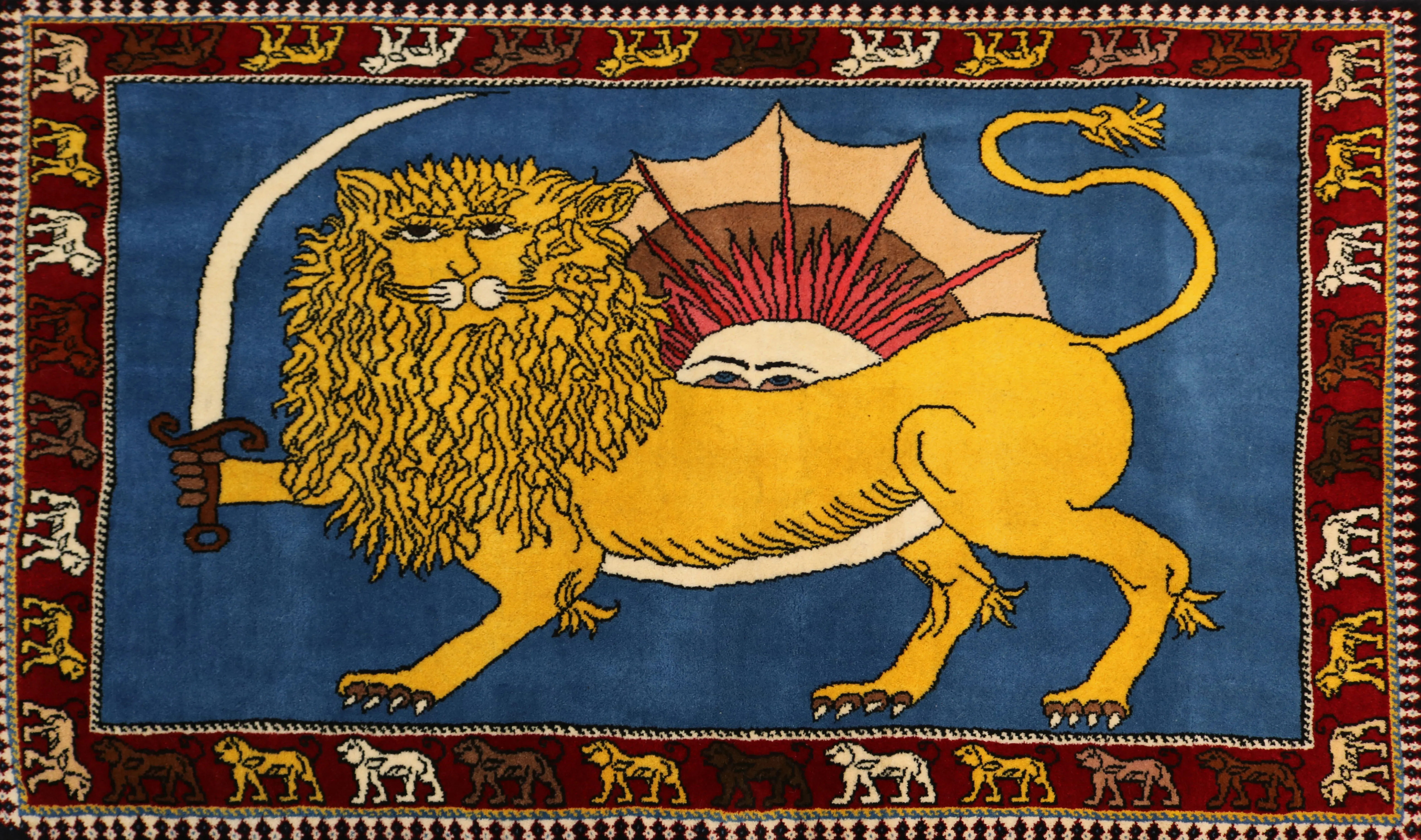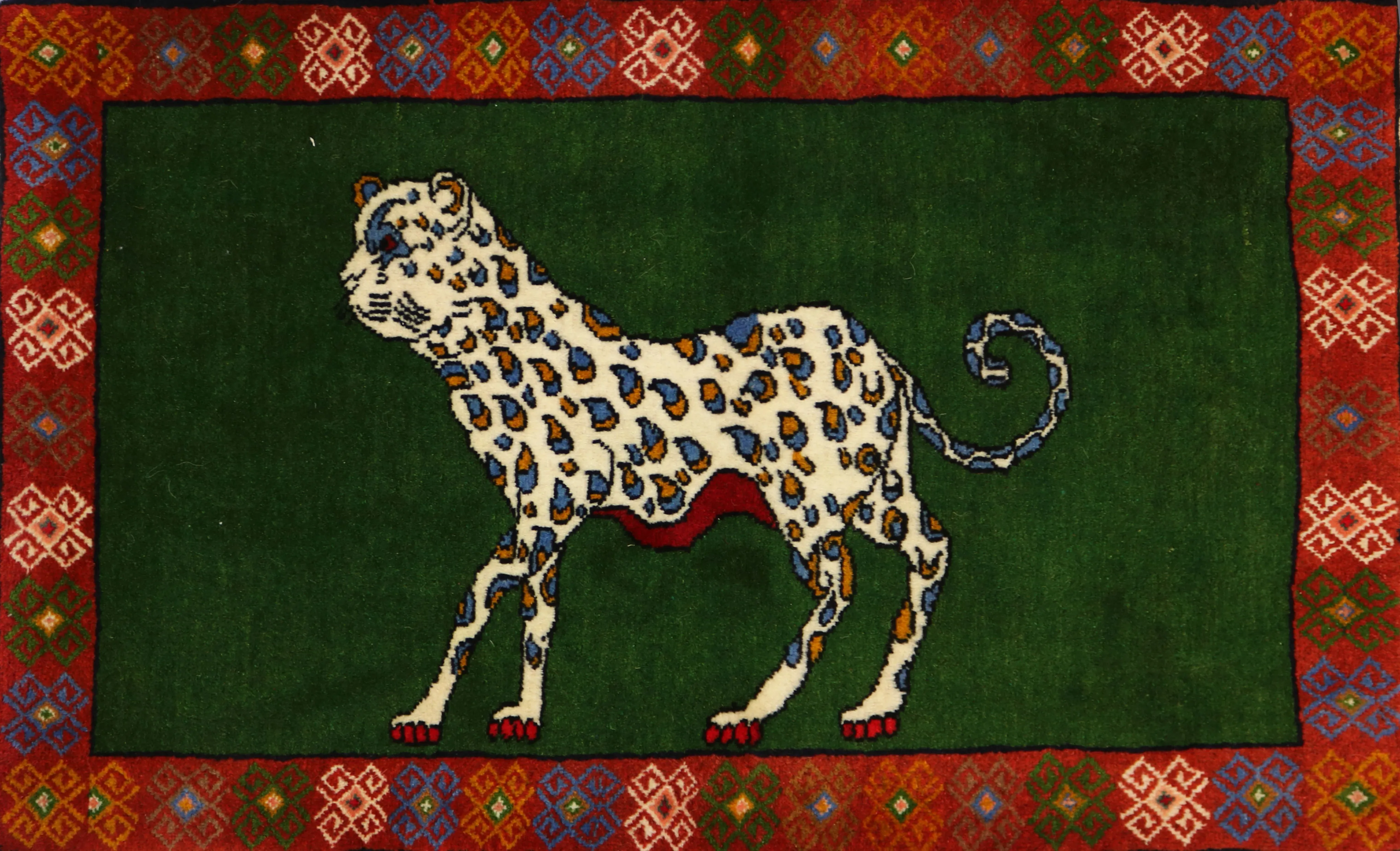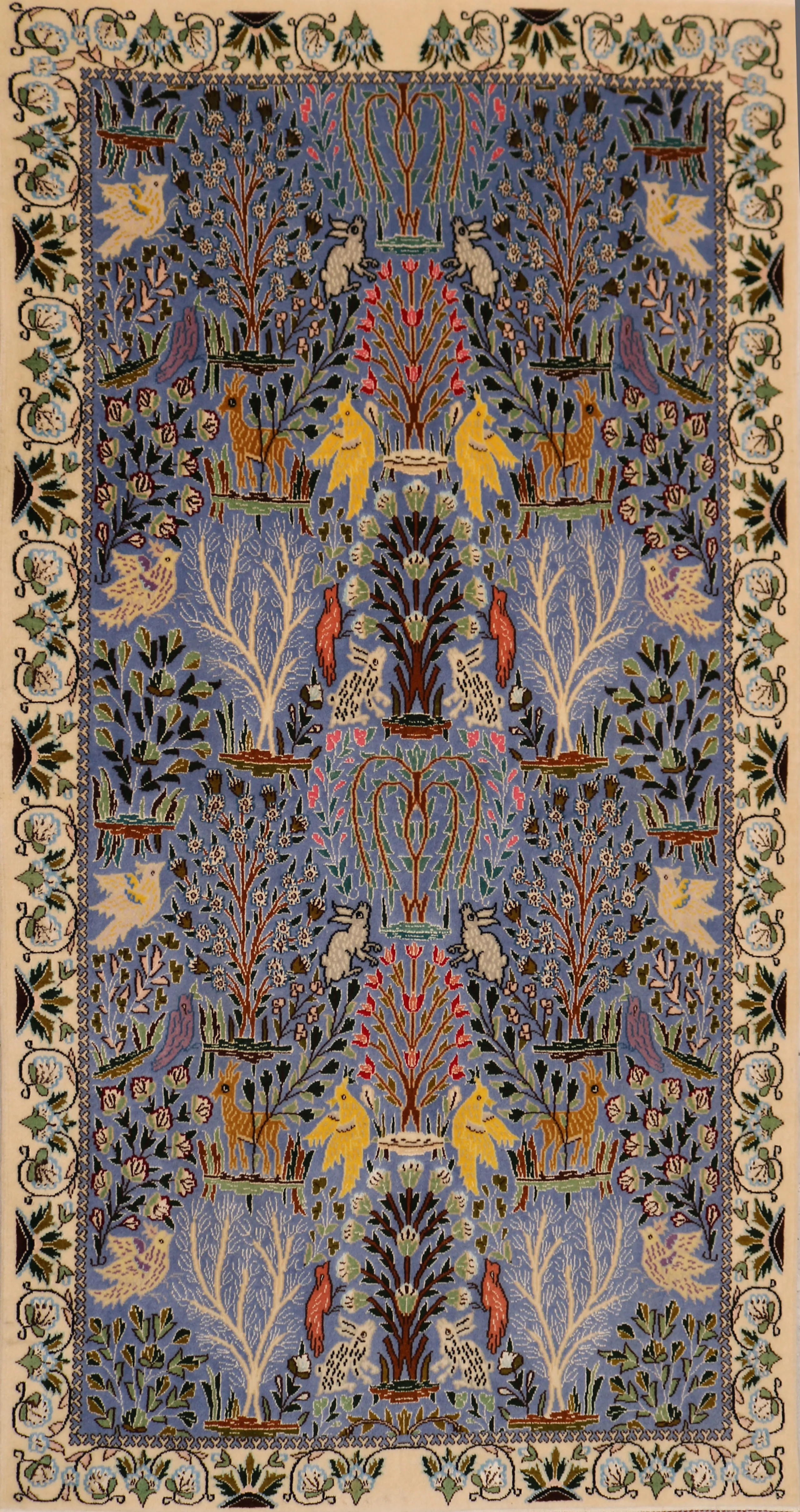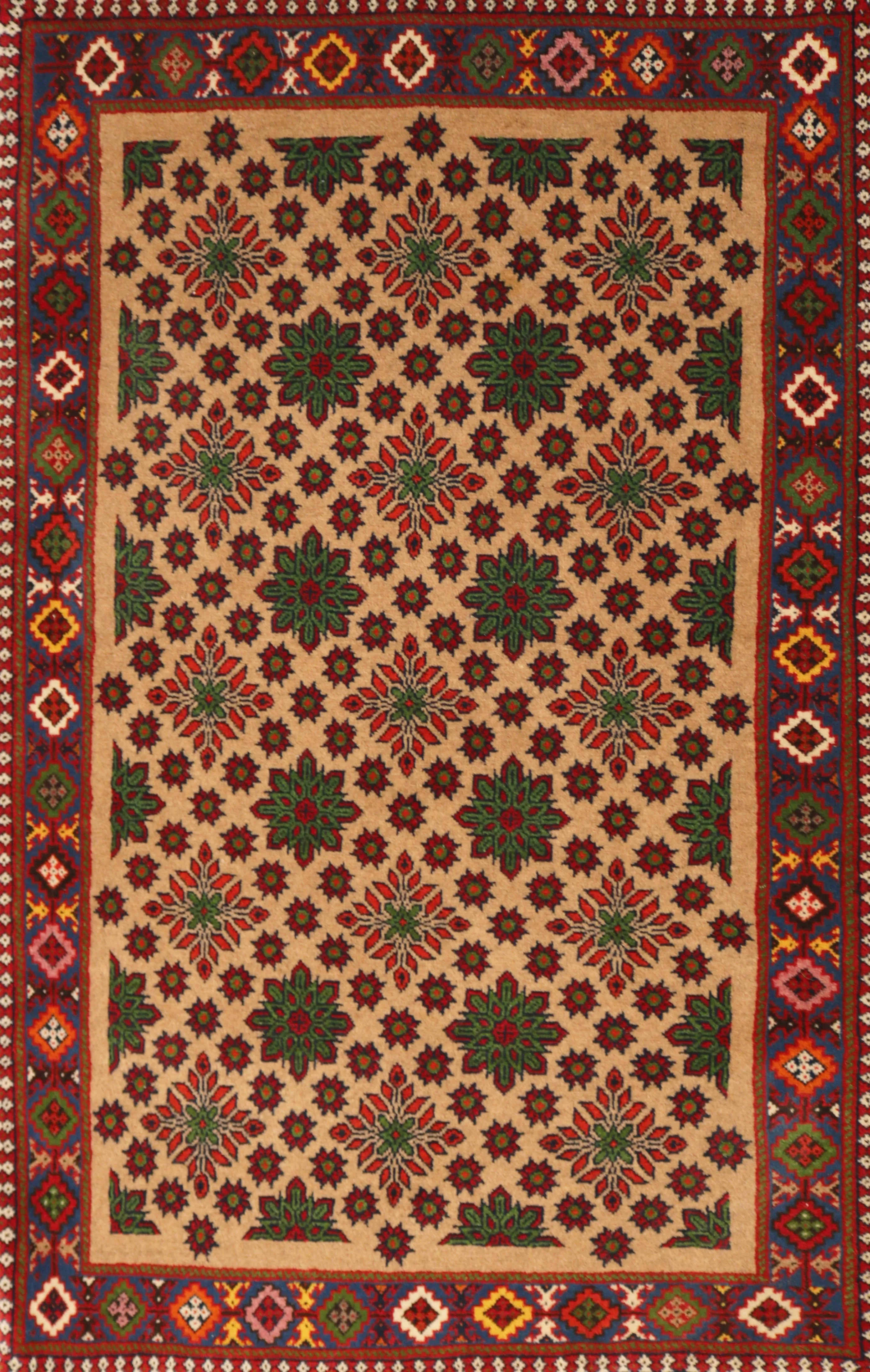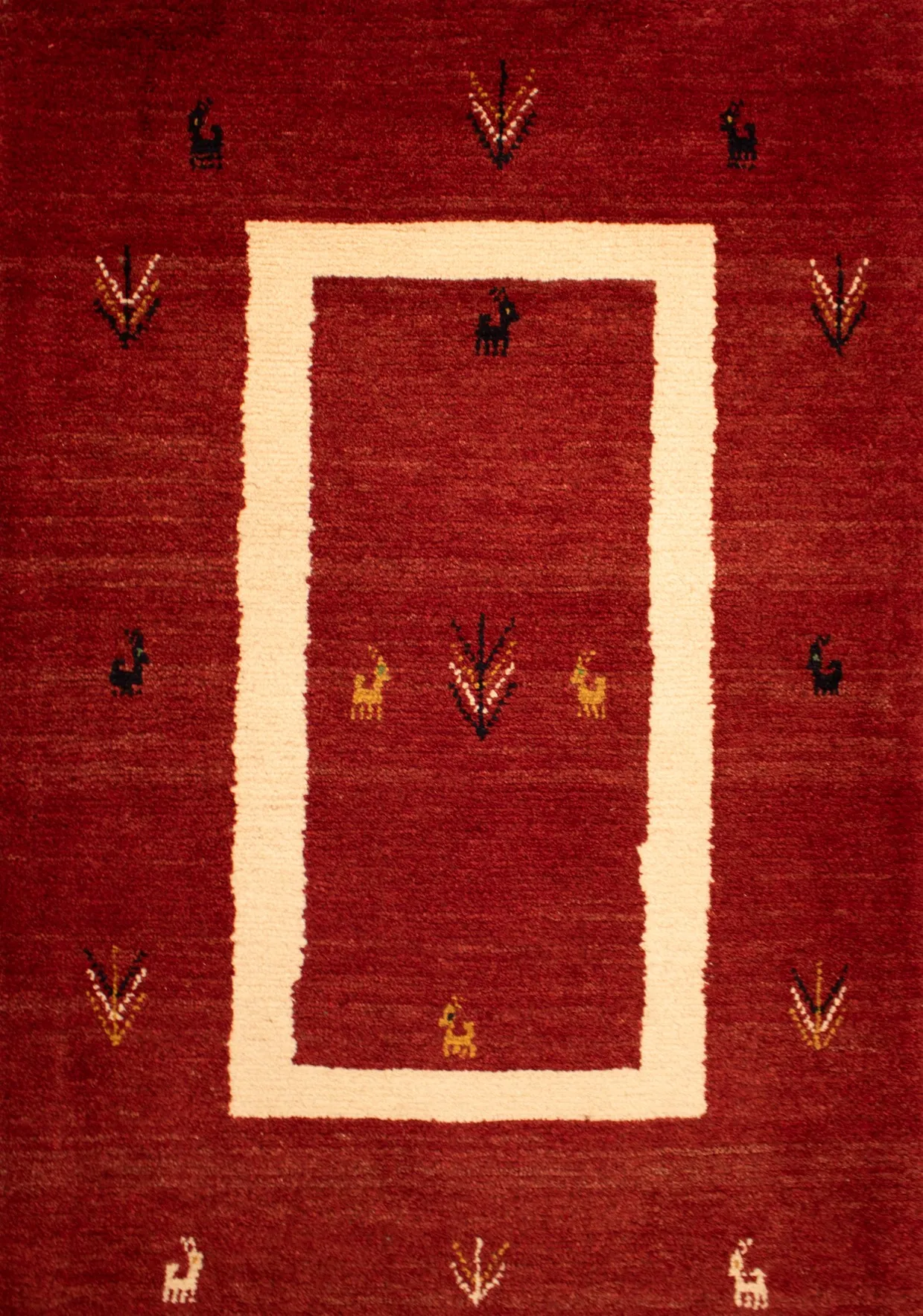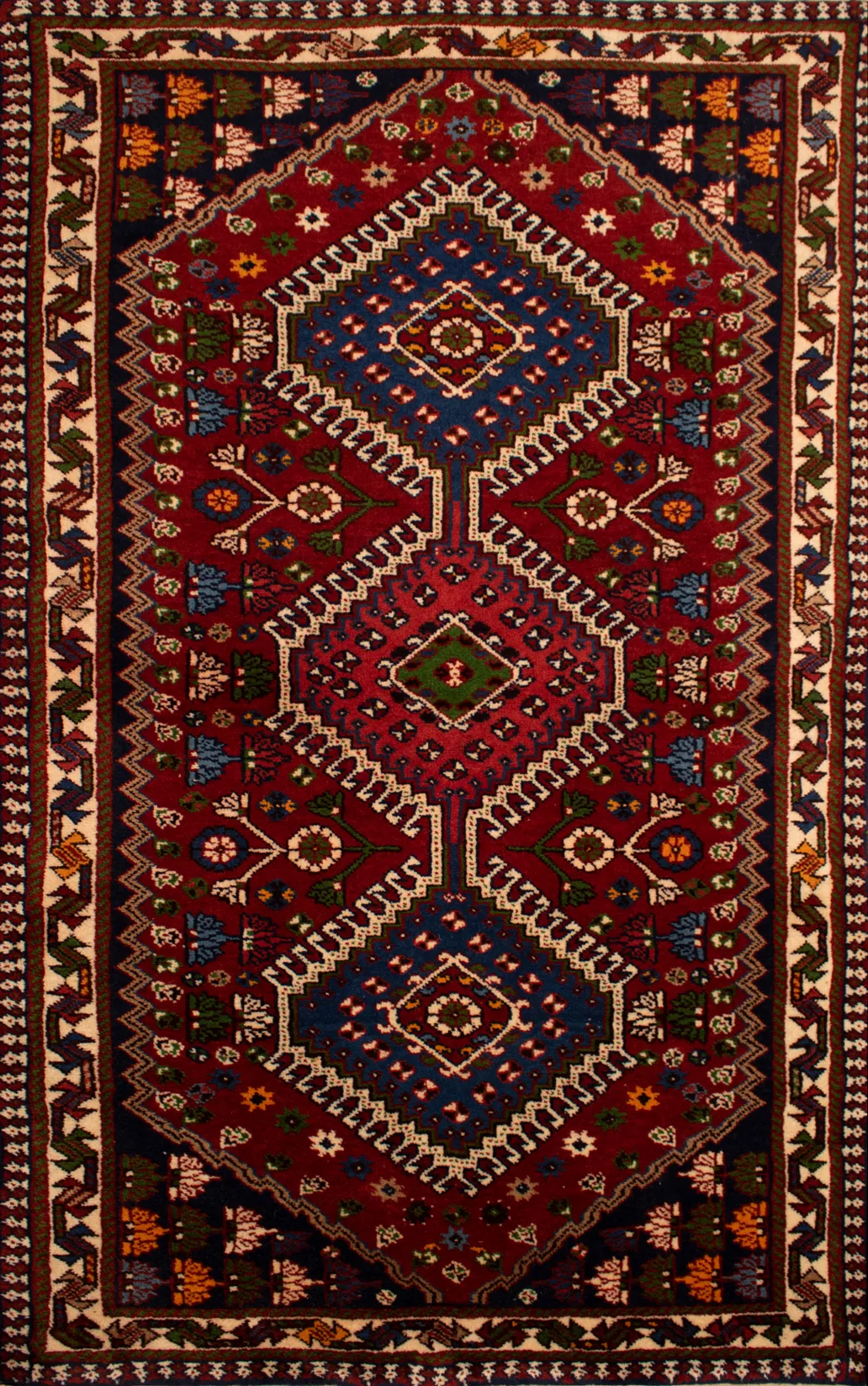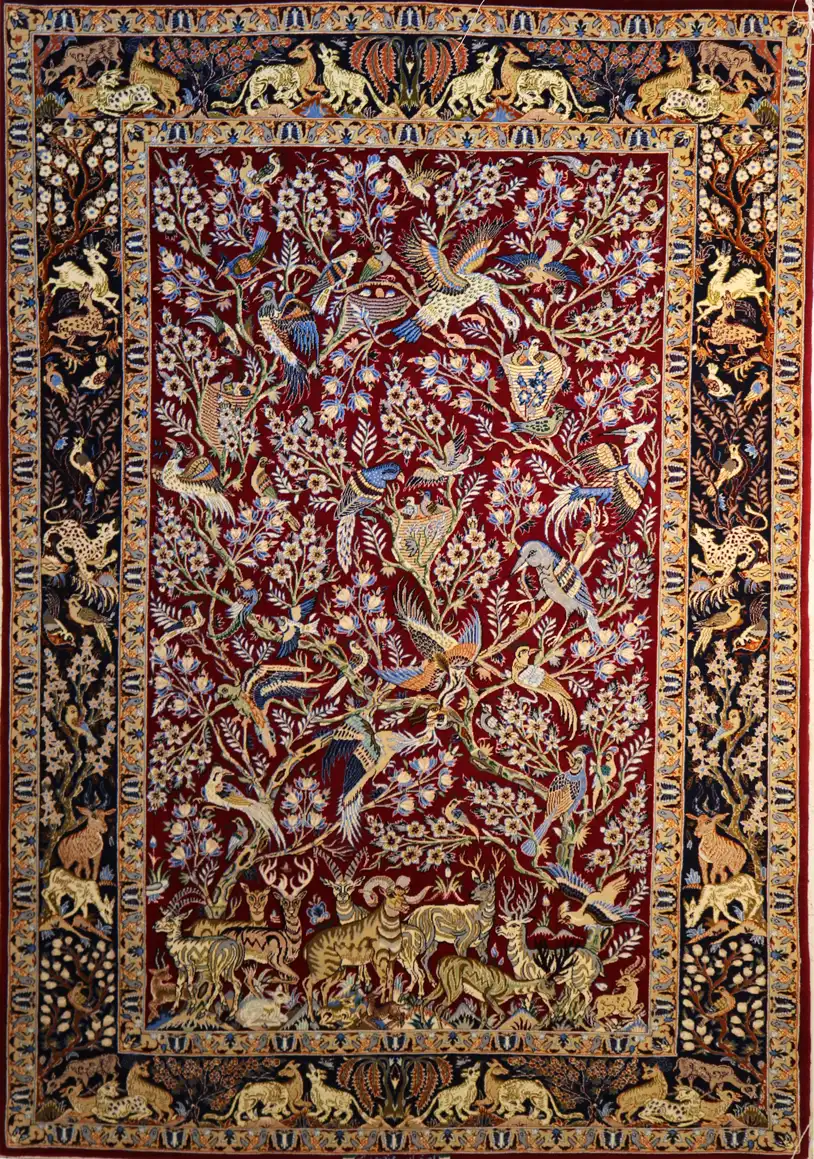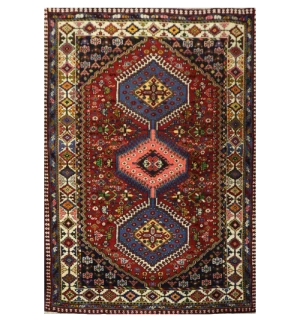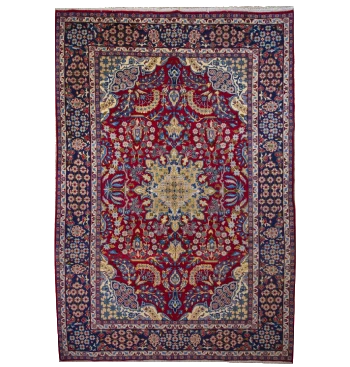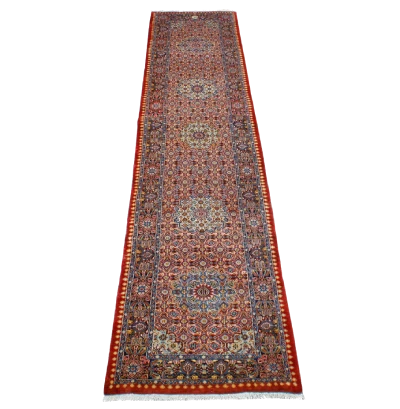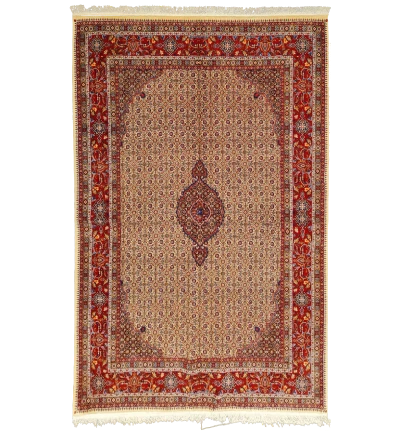Red is the color of Persian culture! These people have deep identity full of passion, love and life resulting from the situation of their land in geography. As they have long history between other civilizations, they have many myths caused many signs and symbols in their literacy and art. every motifs and every colors symbolized a meaning or a value. Persian carpets and drugs are one of the most important fields that express people beliefs and thoughts through patterns and colors. One of most used colors in Persian carpets is red in different shades (mostly in sharp). Red symbolize Fire from four main elements also Love, Life and braveness in Persian culture, It's an important color for this people especially in Persian carpet industry. Red also has different meaning among different tribes, for example for Turkmen tribes red represent blood of lovers!
The process of dyeing fibers into red by plants and other natural dyes origin from centuries ago in Iran from nomad tribes. Nomads finds these natural dyes from plants and insects of meadows or special sands near beaches and sea plants and animals. The best natural dye for shades of red is "Madder". Dyer use the powder of roots of madder planets for dying fibers into different shades of red. another natural dye used by Persian for centuries called "Carmine dye". today carmine is not common like before in this industry because of it's high price dislike aniline dyes are used widely.
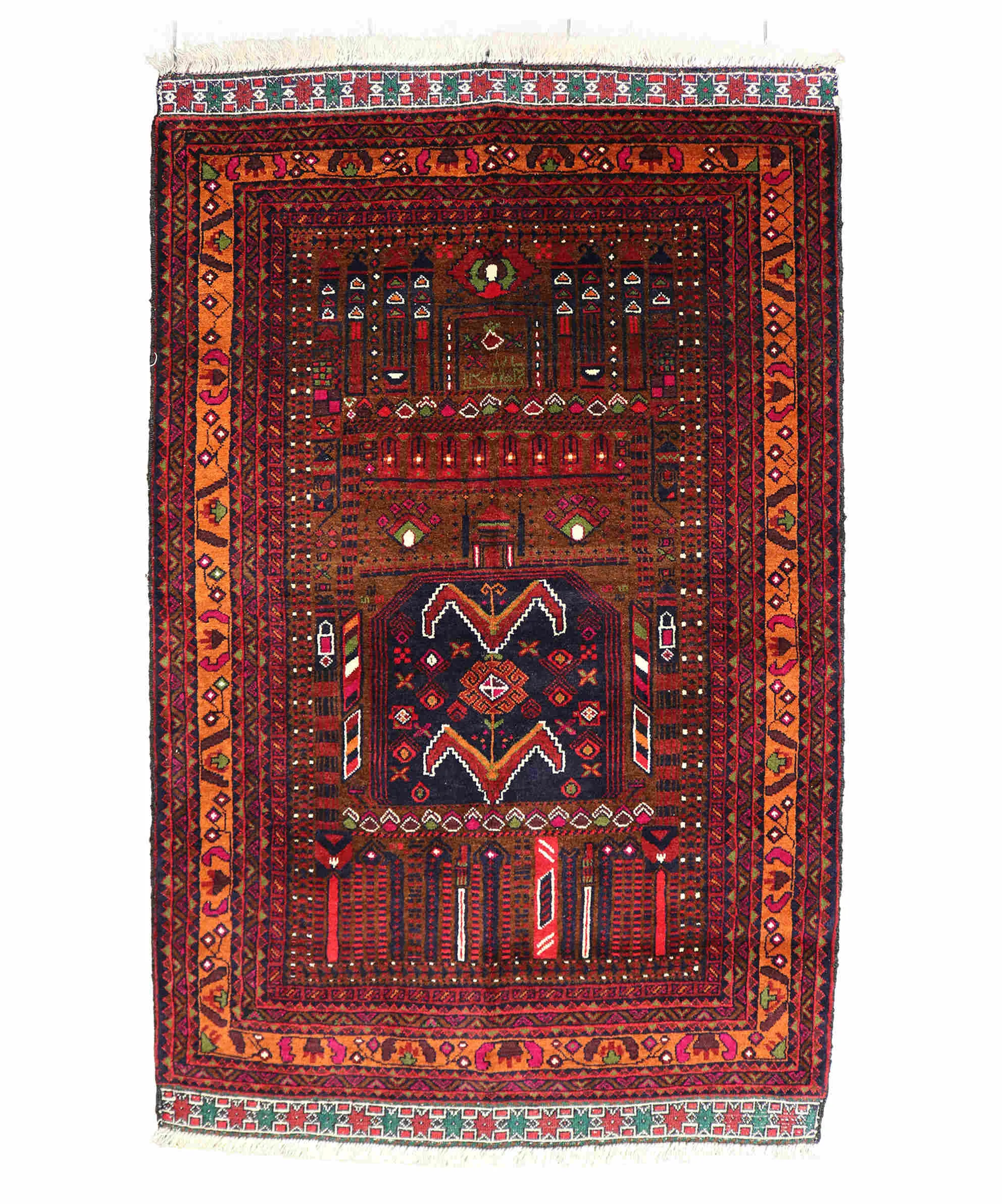
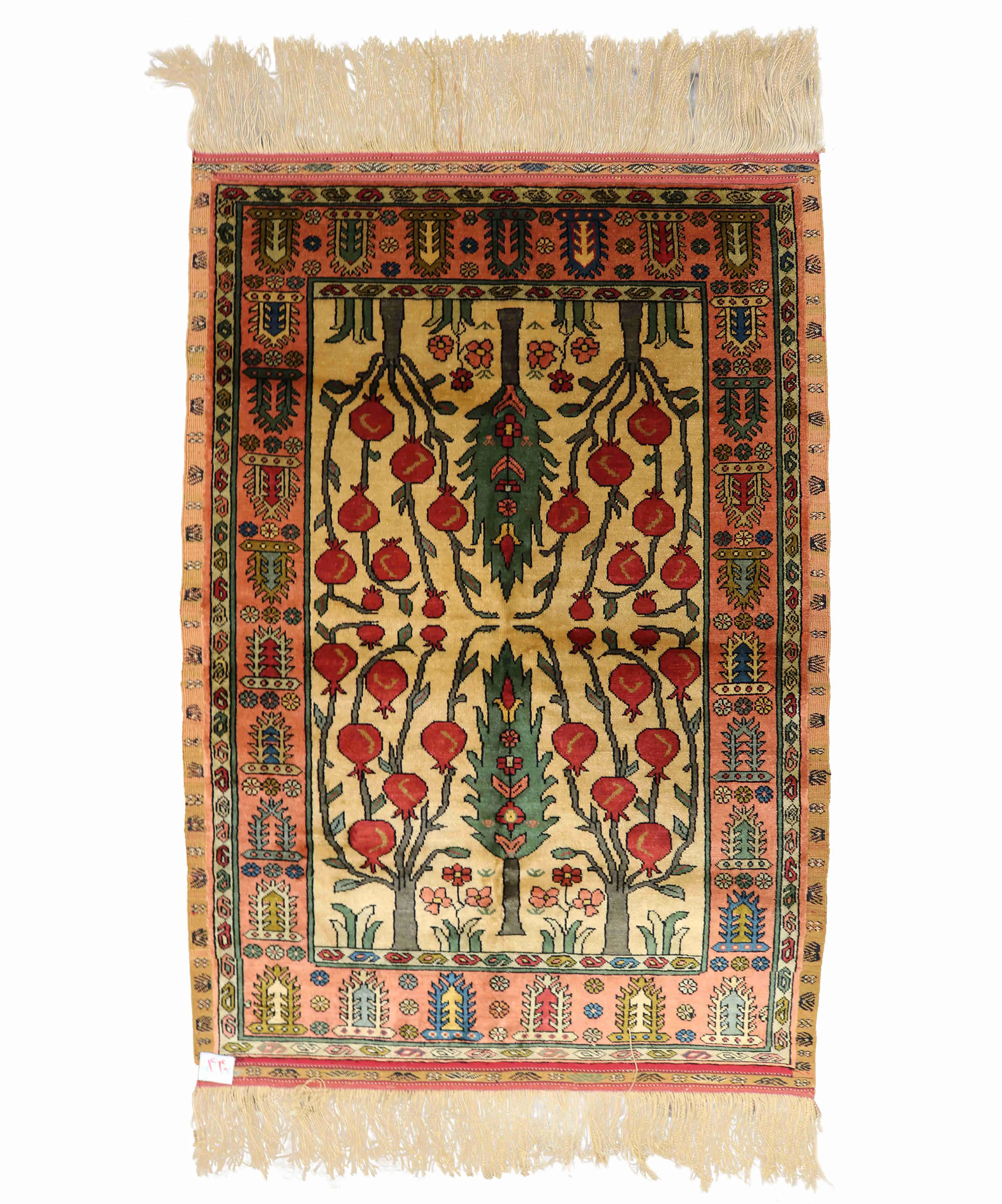
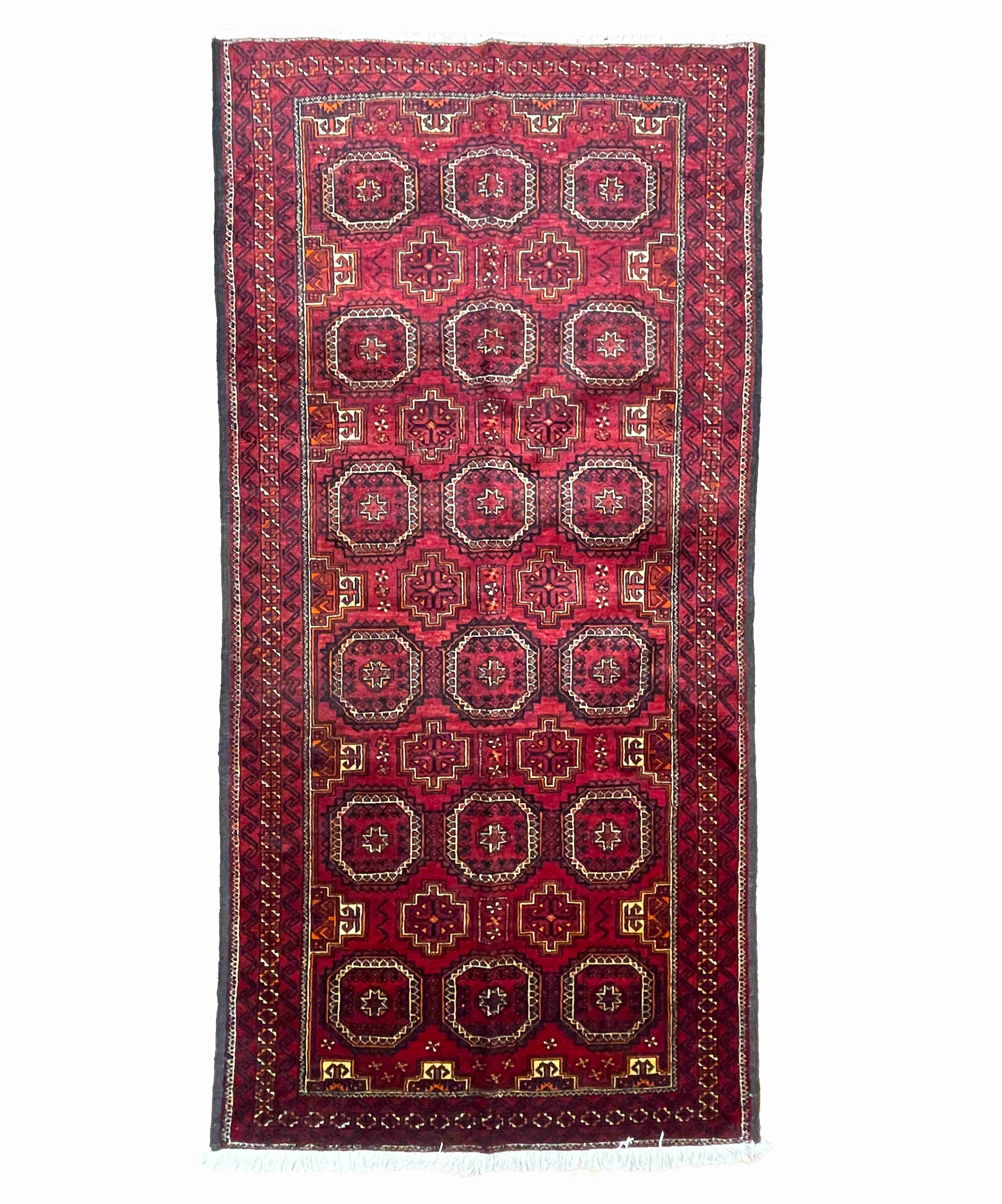
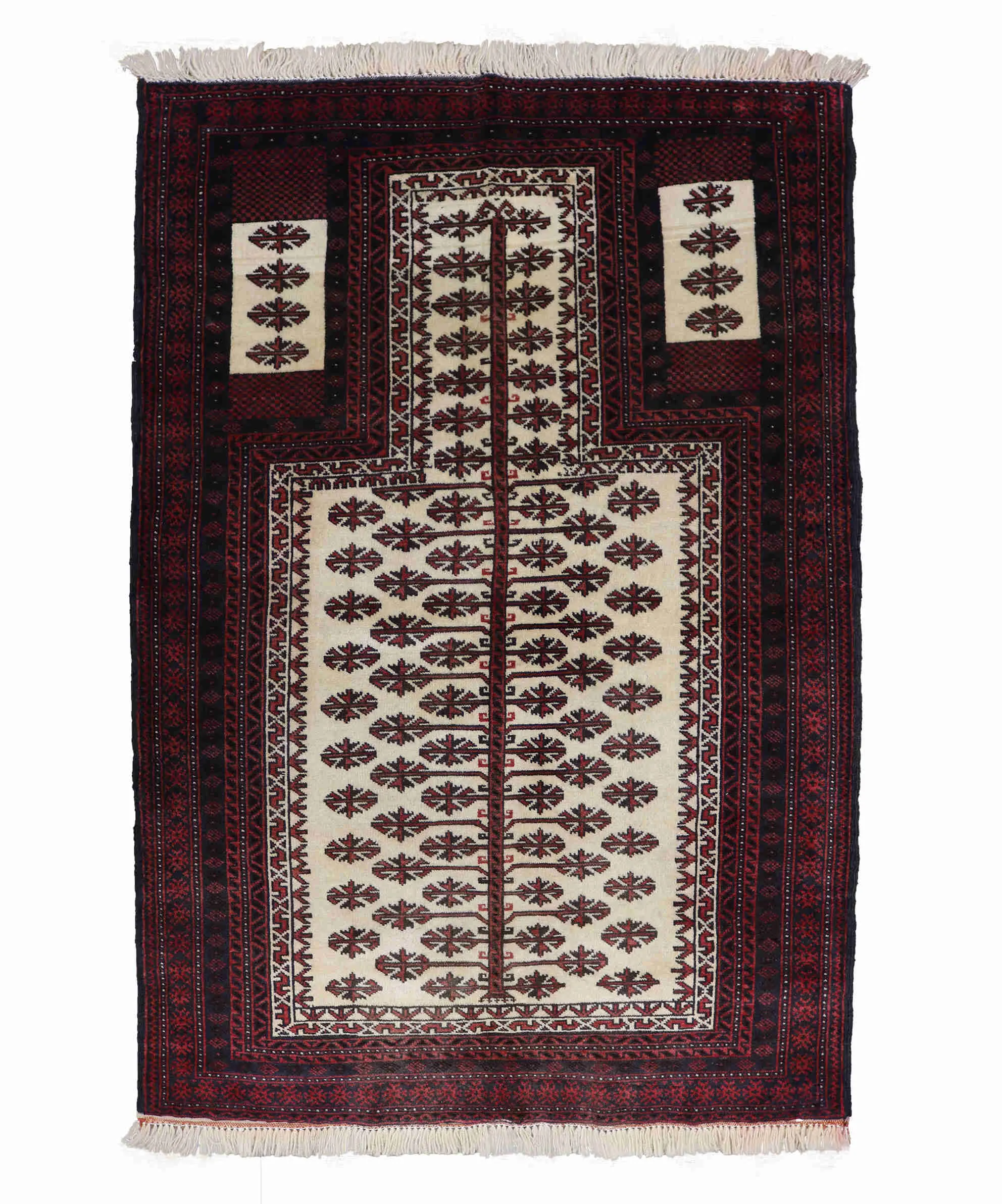
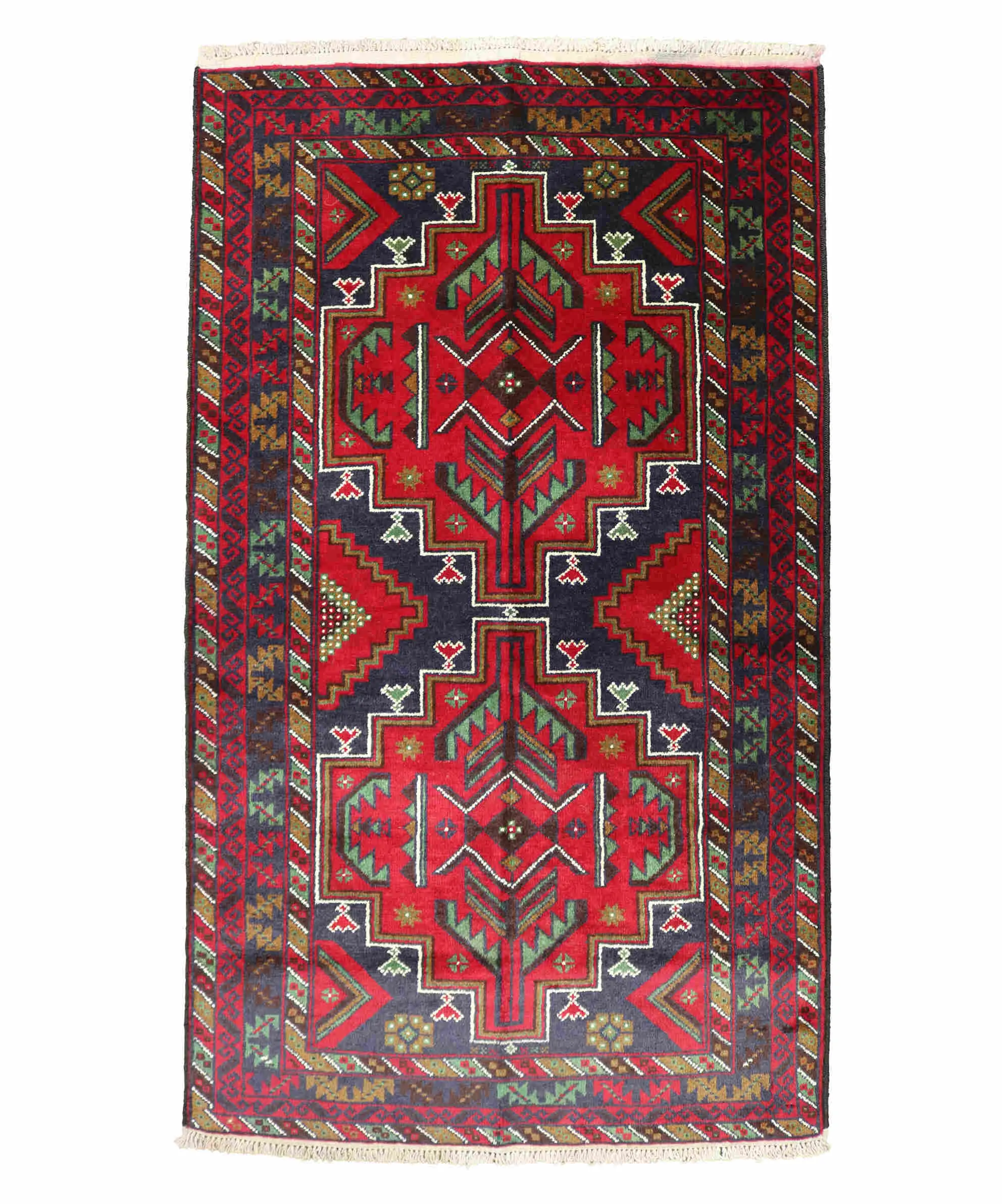
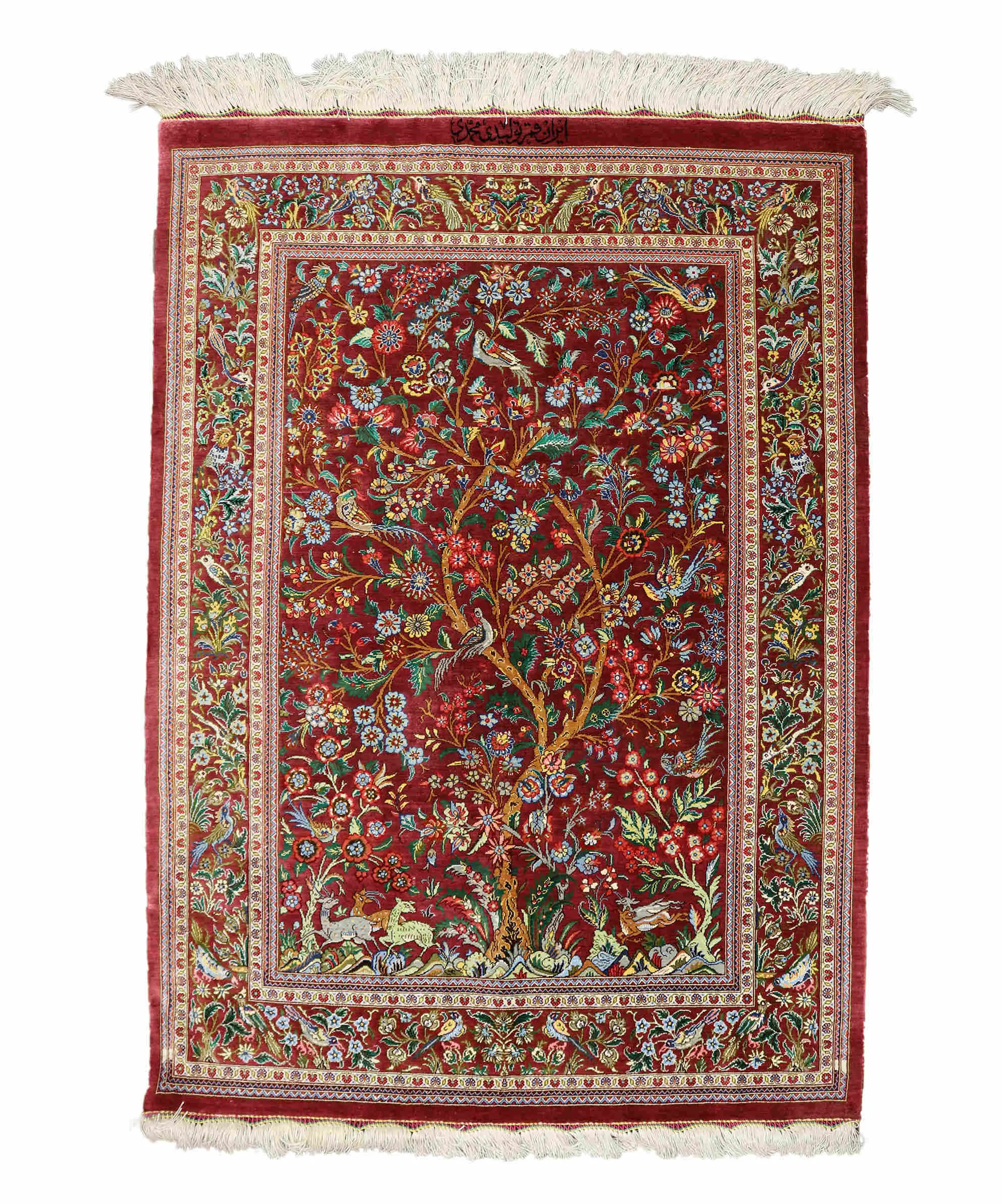
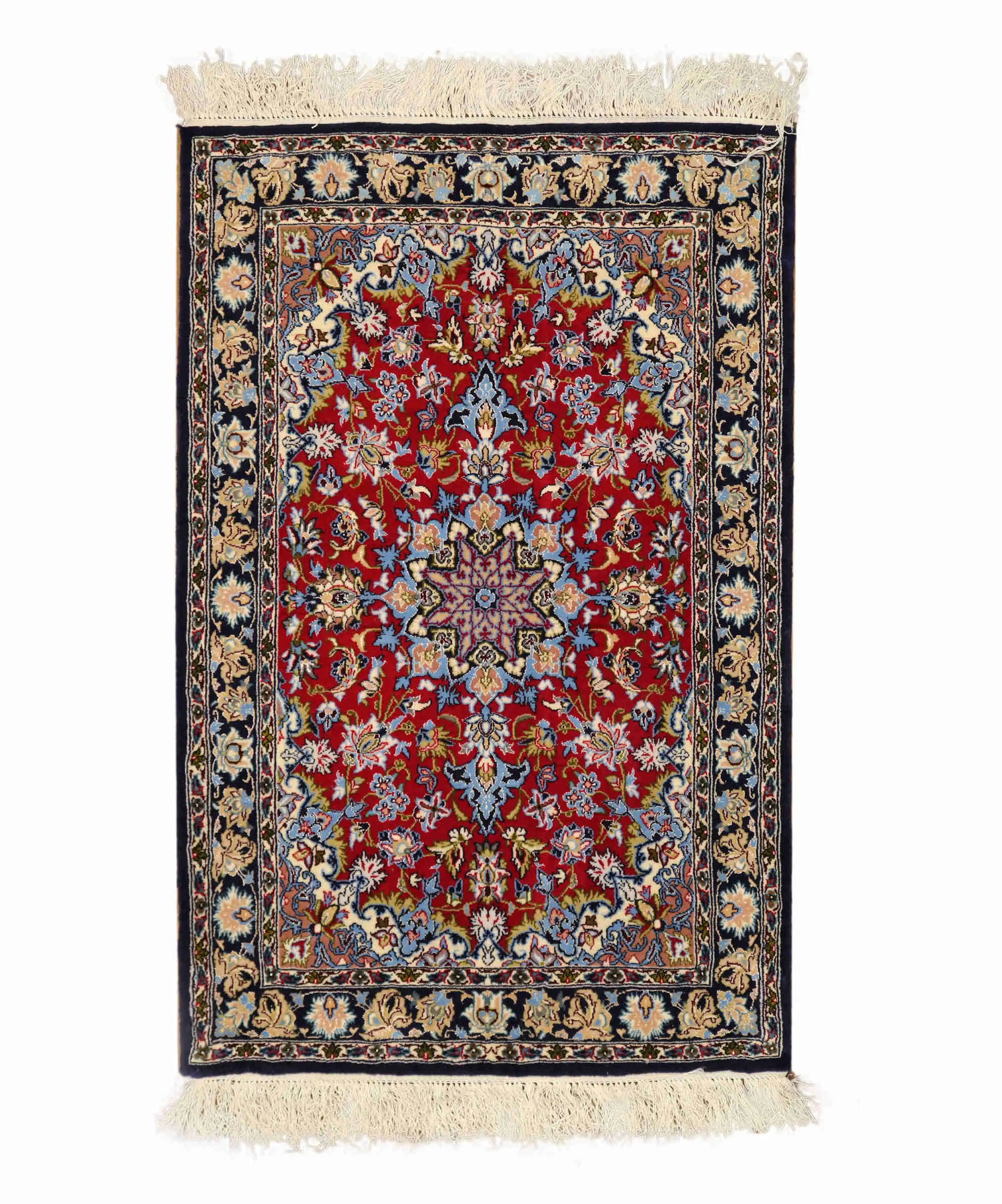
.webp)
.webp)
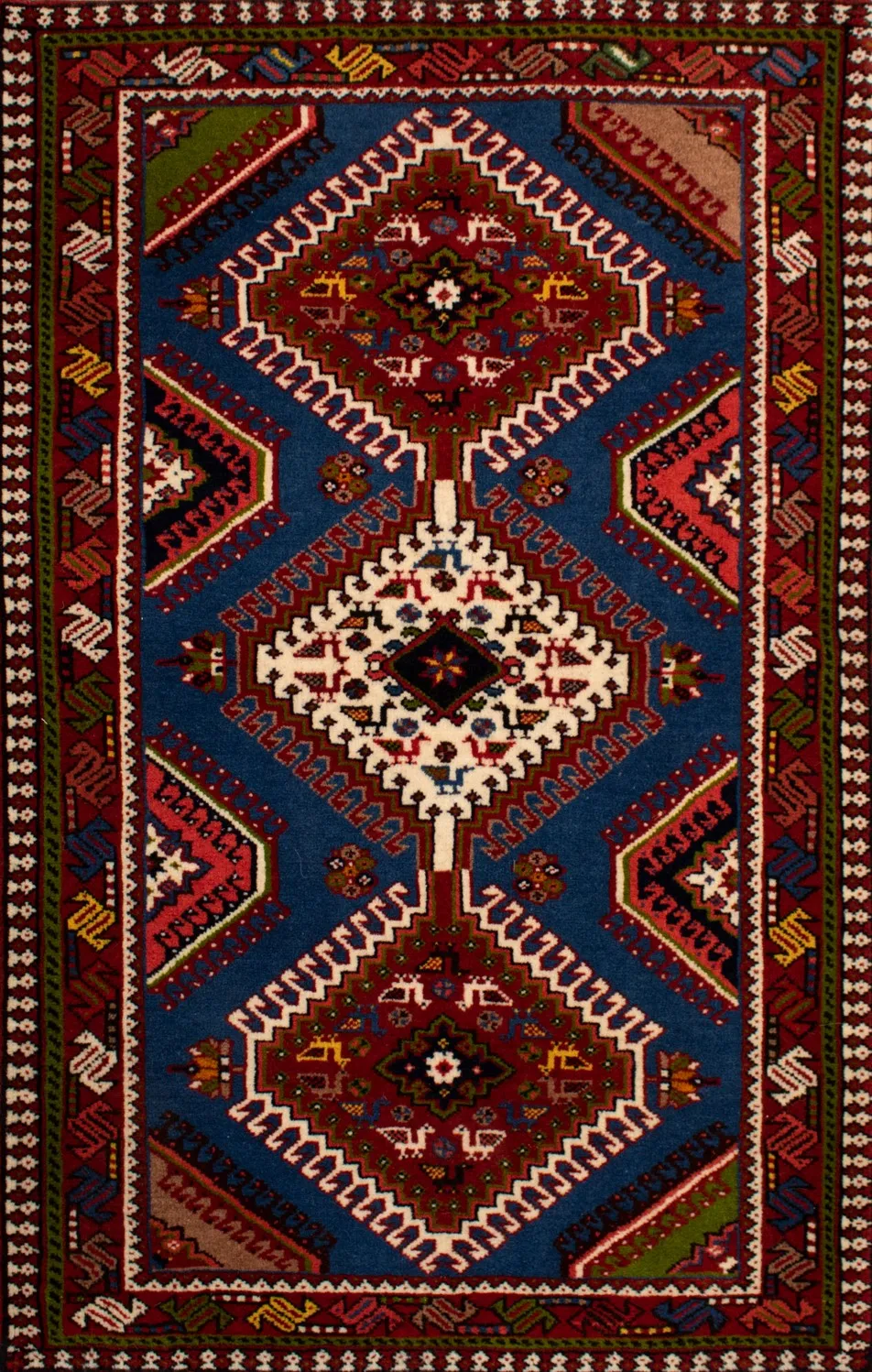
.webp)
